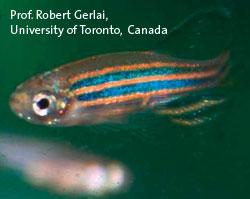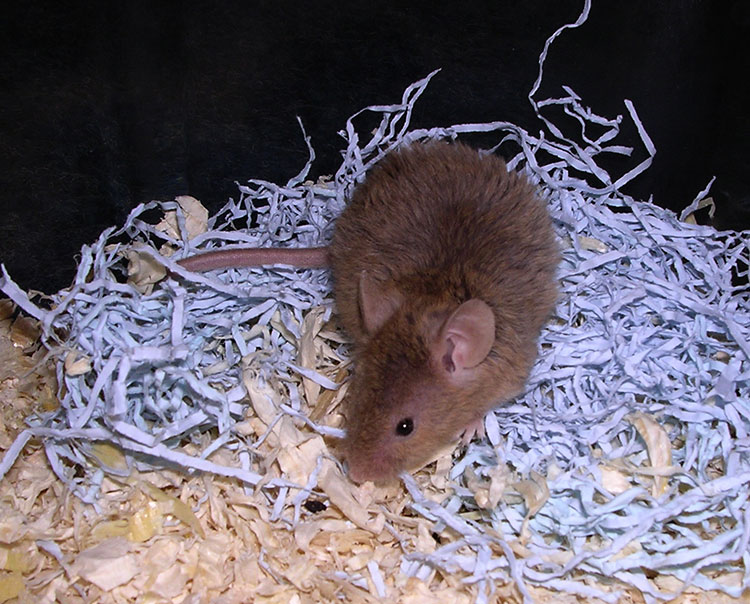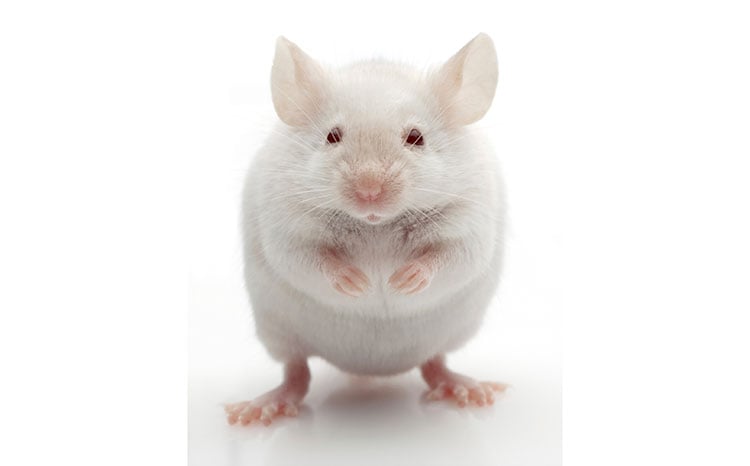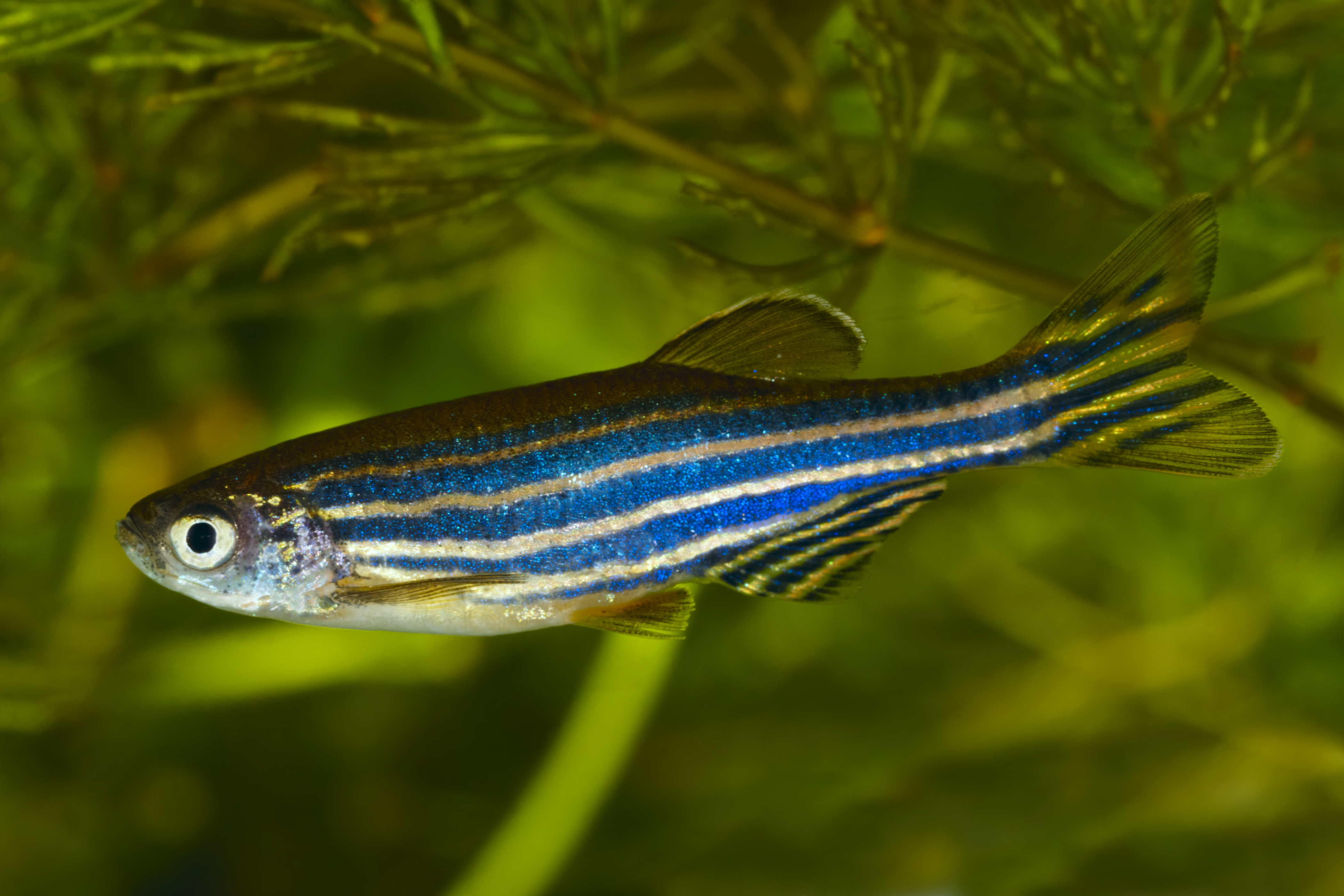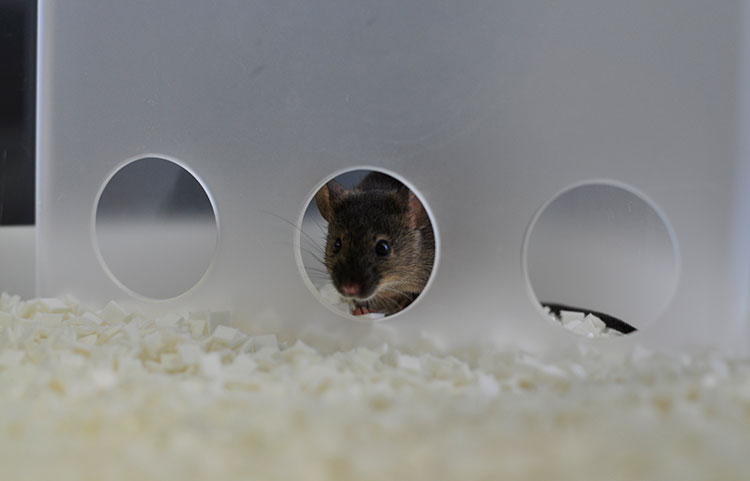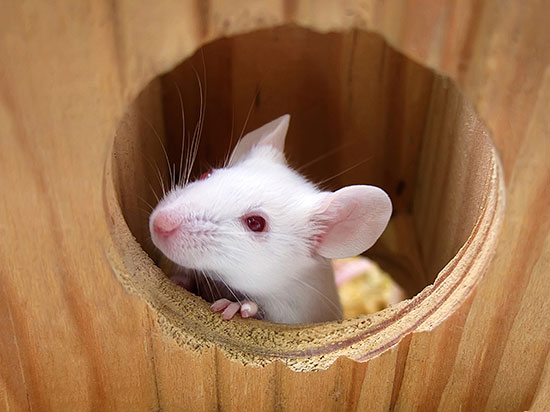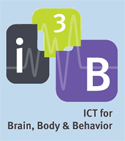Depression: a fifth (!) of us cope with it, making it the most prevalent psychiatric disorder. It comes as no surprise that researchers try to wrap their minds around it, not to mention the interest gained from the pharmaceutical industry.
G. Smit
Recent Posts
Topics: EthoVision XT, Video tracking, zebrafish, depression
Mice with spatial and odor memory impairment – new model for sporadic Alzheimer’s
Posted by G. Smit on Feb 27, 2017
Plaques and tangles… those of you even remotely familiar with Alzheimer’s disease (AD) will immediately recognize these hallmarks. Many rodent models, focusing on plaques and tangles, have been developed to explore the cause and possible treatments of AD, and much progress has been made.
Topics: EthoVision XT, mice, Video tracking, learning and memory, olfactory memory
By a showing of hands: how many of you started this New Year with the resolution to get moving? Burn off those extra holiday calories, or finally really get in shape? Because, let’s be honest, it’s all about willpower right? “Just do it!”
Topics: EthoVision XT, mice, obesitas, behavior recognition
How optogenetics is used to study the stress response in zebrafish larvae
Posted by G. Smit on Jan 23, 2017
Optogenetics - making neurons sensitive to activation by light - is a great tool in the unraveling of the function of the brain in biological processes and behavior. In a recent study by Rodrigo J. De Marco and his colleagues used optogenetic techniques to uncover the role of the pituitary in zebrafish larvae behavior after the onset of stress.
Topics: EthoVision XT, zebrafish, optogenetics, stress research
Autistic mice have motor learning difficulties specific to the cerebellum
Posted by G. Smit on Jan 13, 2017
Most of us are familiar with the typical behavioral characteristics associated with autism: social behavior deficits and repetitive behaviors. However, motor abnormalities are also a part of the autism behavioral spectrum. These have generally been linked to malfunction of the cerebral cortex, but recent studies have also implicated the cerebellum.
Autistic phenotype in mice
Shank2 is a gene that encodes a postsynaptic protein and has been linked to autism spectrum disorders (ASD). In short, inactivation of this gene in mice creates “autistic mice” (Won et al. Nature 2012).
Topics: mice, autism research, ErasmusLadder, cerebellum, autism
Discrimination learning without human intervention or food restriction
Posted by G. Smit on Dec 15, 2016
Learning paradigms have long been the hallmark in studies on neurological and psychiatric disorders, but they often present challenges and come with limitations. For example, many of these tasks require some combination of food restrictions, handling of the animals, and/or are quite labor-intensive. Sylics recently introduced a new paradigm, called CognitionWall, that you might have already seen on our website, and aims to get around some of these limitations.
Topics: EthoVision XT, mice, Video tracking, learning and memory, PhenoTyper, cognition, cognitionwall, sylics
As a research tool manufacturer, we try to listen carefully to the scientific community when we create and refine our software and instruments.
Of course we want to make the best products, and we also want you to actually buy and use them. However, I am not in the research and development department, nor am I a sales person. I just like finding out and writing about research.
So for me this Neuroscience meeting is, like last year, a great way to discover what the neuroscience community is up to.
One of the things I admire about many labs is the desire to want to investigate something, and then the creativity to collect and even create what they need for their study.
Topics: PhenoTyper, neuroscience, conferences, SfN
When you get used to something, after a while you might not notice it anymore. It’s called habituation. When you are repeatedly presented with the same stimulus you might cease to respond to it altogether.
Topics: Video tracking
No science fiction: Magnetogenetics and how to induce animal behavior
Posted by G. Smit on Apr 7, 2016
For a few years now, optogenetics has been the answer to shortcomings of using pharmaceuticals or electrodes in brain research. The temporal and spatial precision of optogenetic methods rapidly produced many new insights into neural networks in the normal and diseased brain. But like any other methodology, optogenetics also has limitations. Although wireless options have been developed, optogenetics means neuronal control by light, and delivering this light to the selected brain cells is still an invasive method (unless you are using larval zebrafish). Additionally, the method can be difficult to scale up, including to more neurons, deeper brain tissues, or larger brains.
Topics: EthoVision XT, mice, zebrafish, optogenetics, chemogenetics, magnetogenetics
About a week ago I was on a plane flying back from Chicago to Amsterdam. I was exhausted, but very pleased with my experiences at my first Neuroscience meeting. I started out taking baby steps on my first day, but soon I was running a marathon (well, sort of). By Tuesday I really started feeling ‘at home’ and finally it even felt a bit sad to break down the booth and put everything back into the big crates for next year’s show.
Topics: EthoVision XT, animal behavior research, neuroscience




